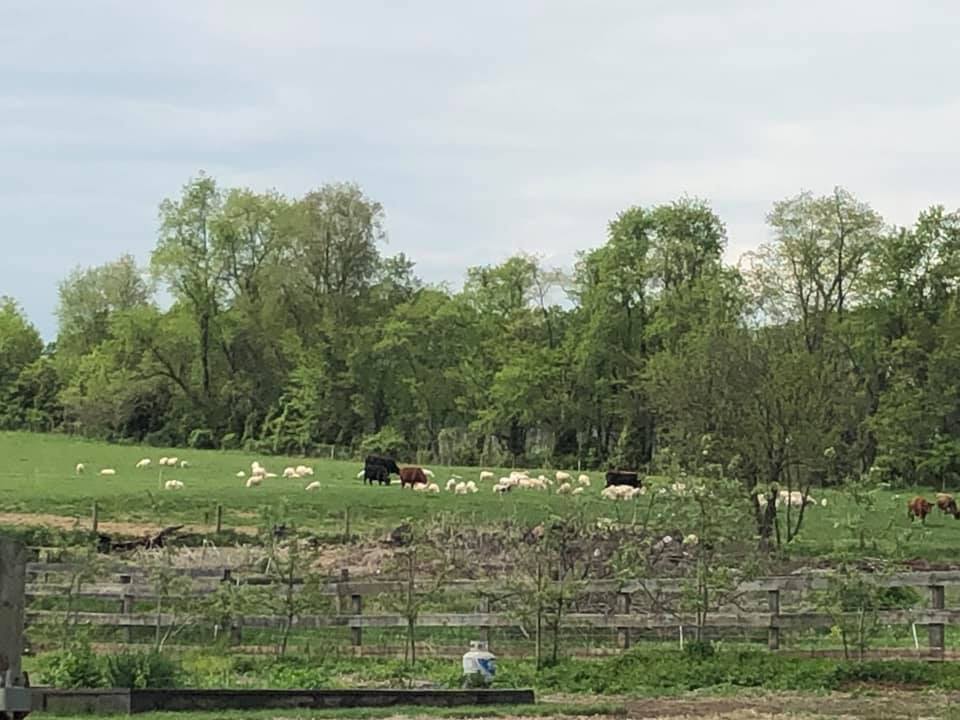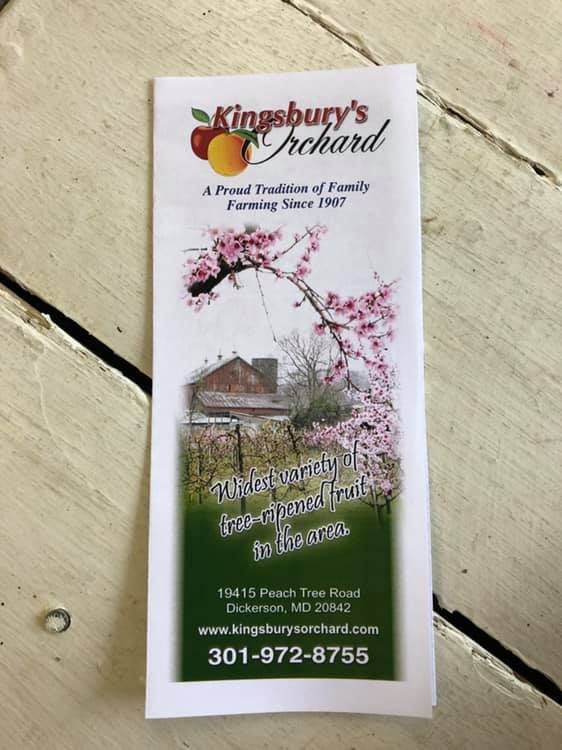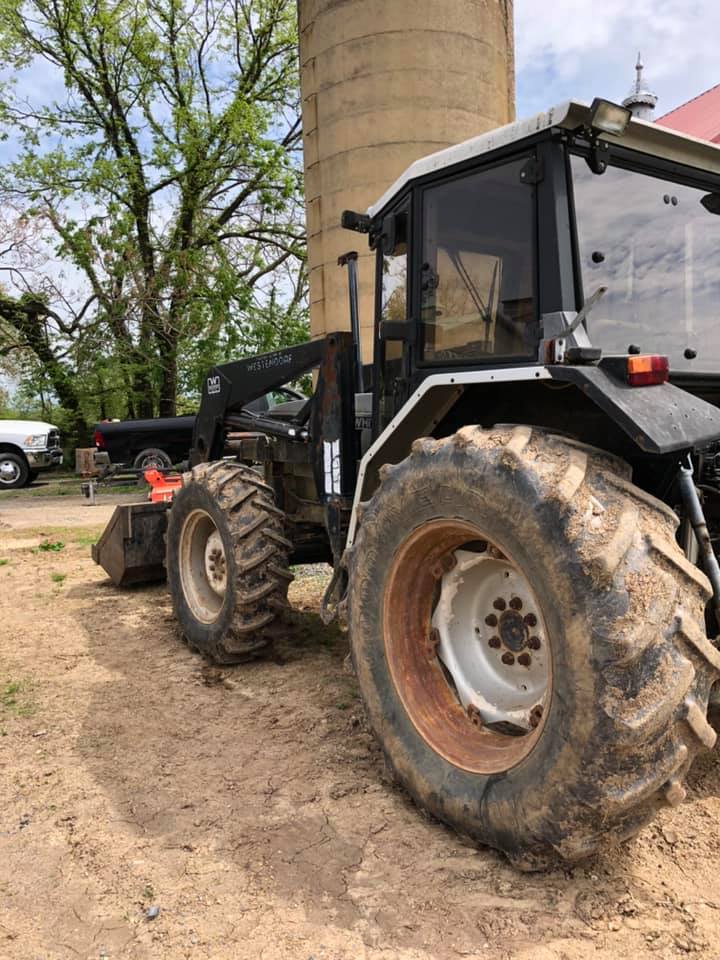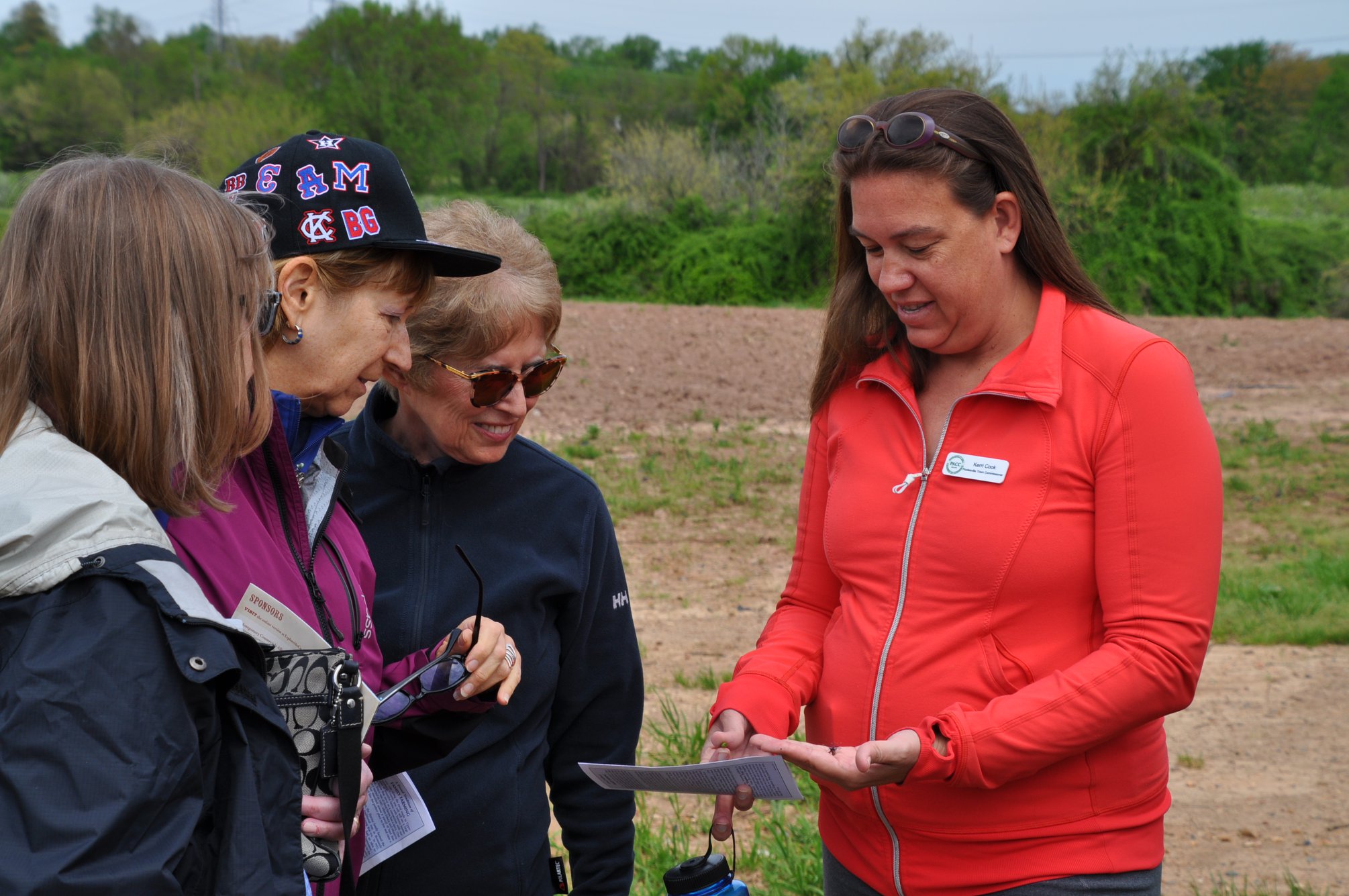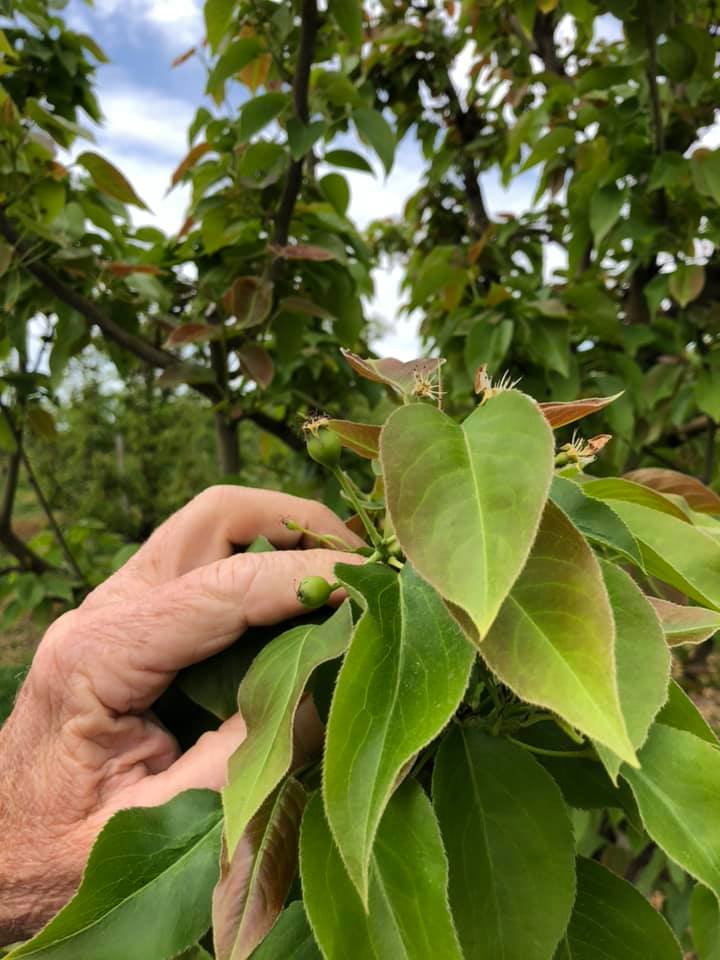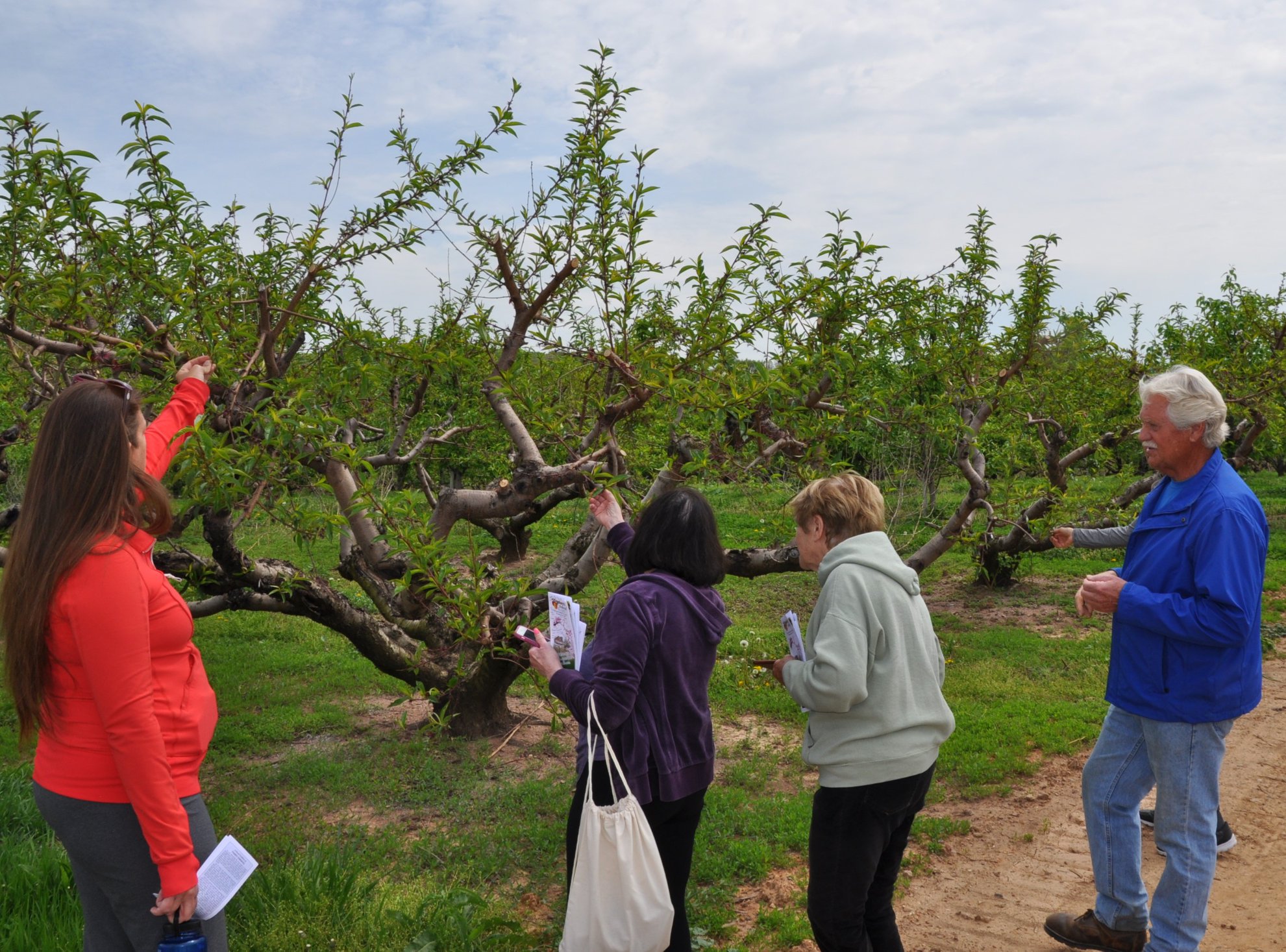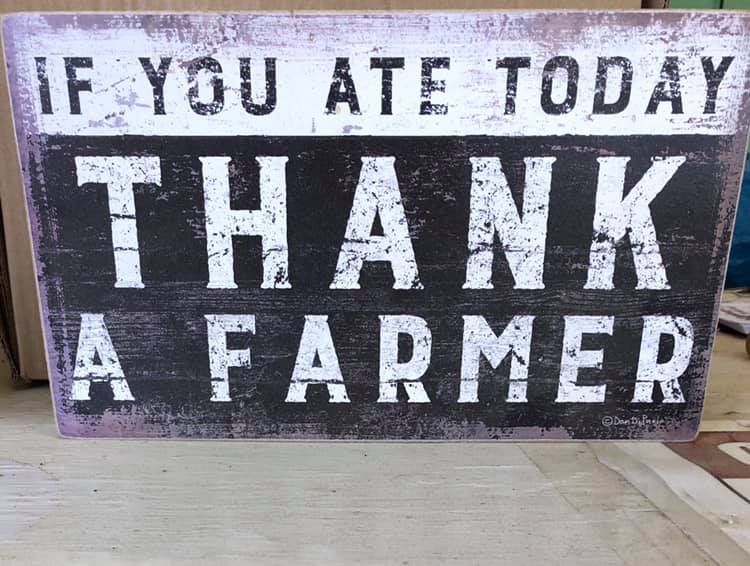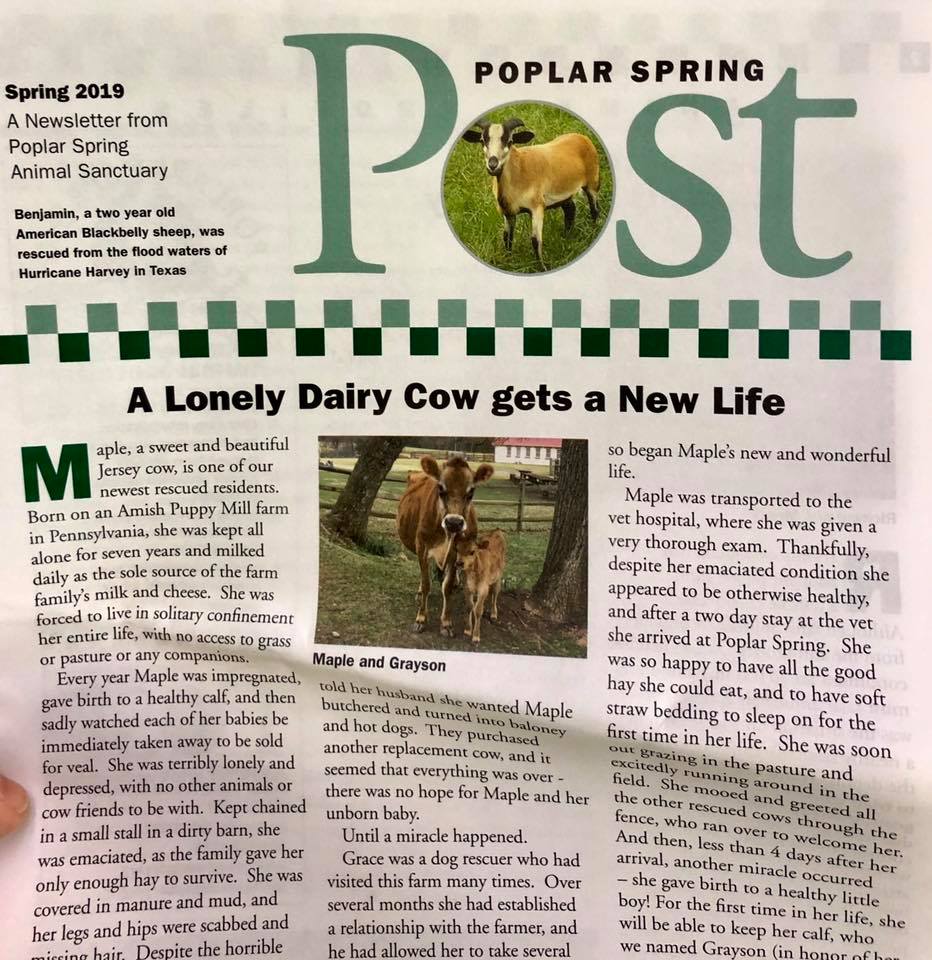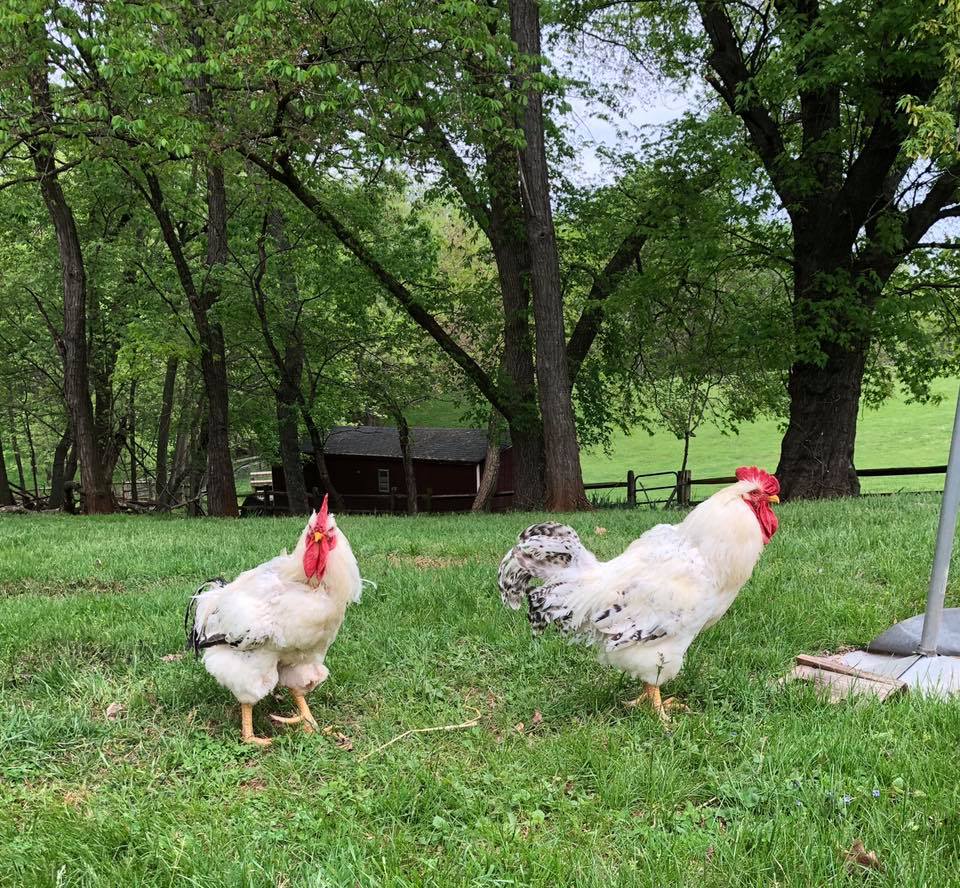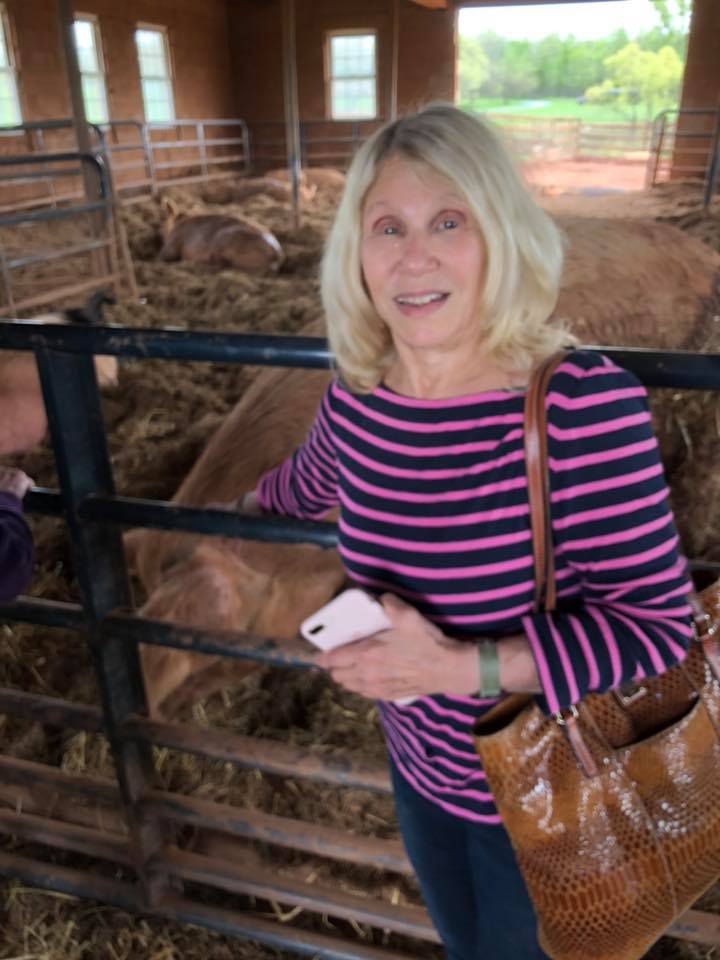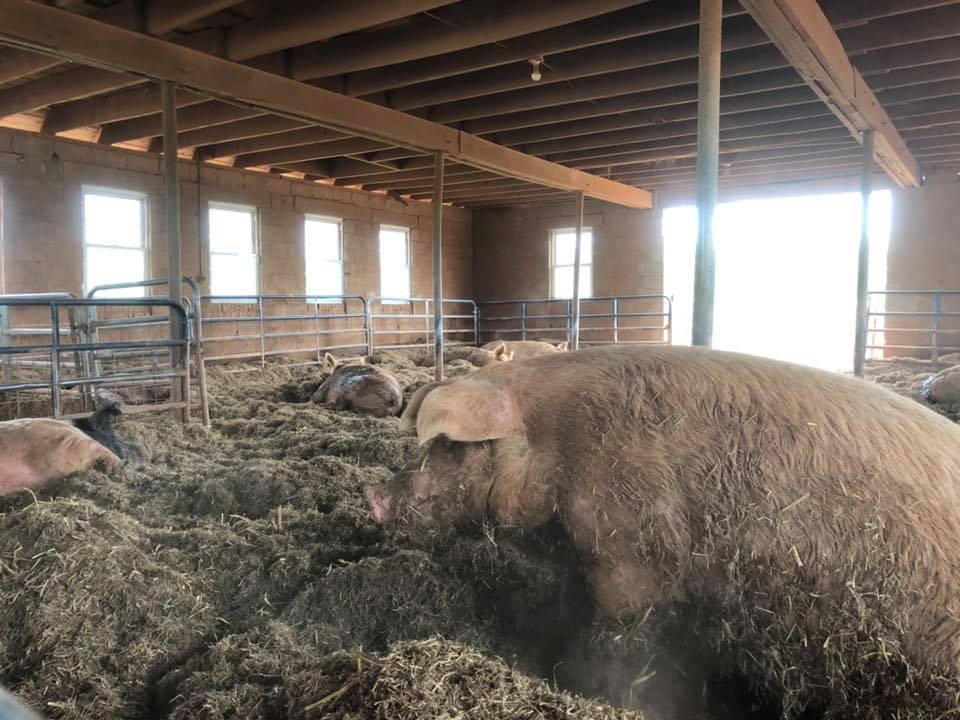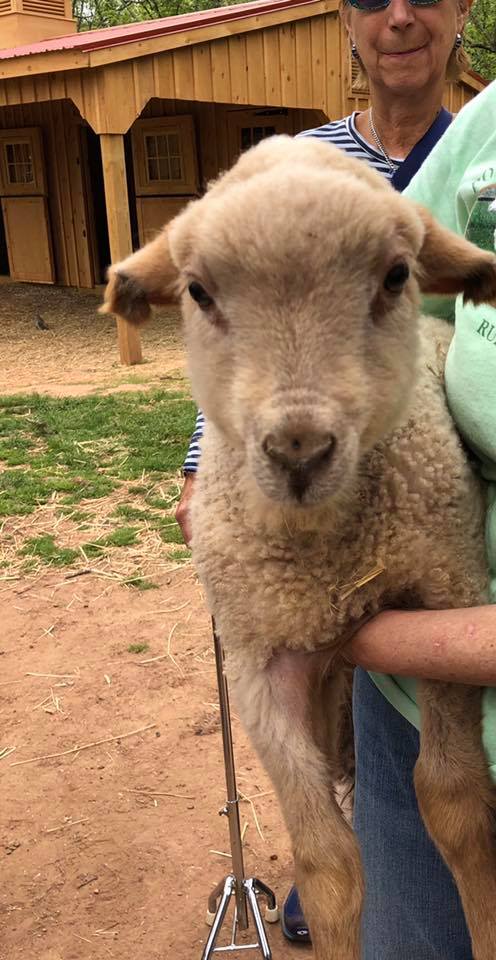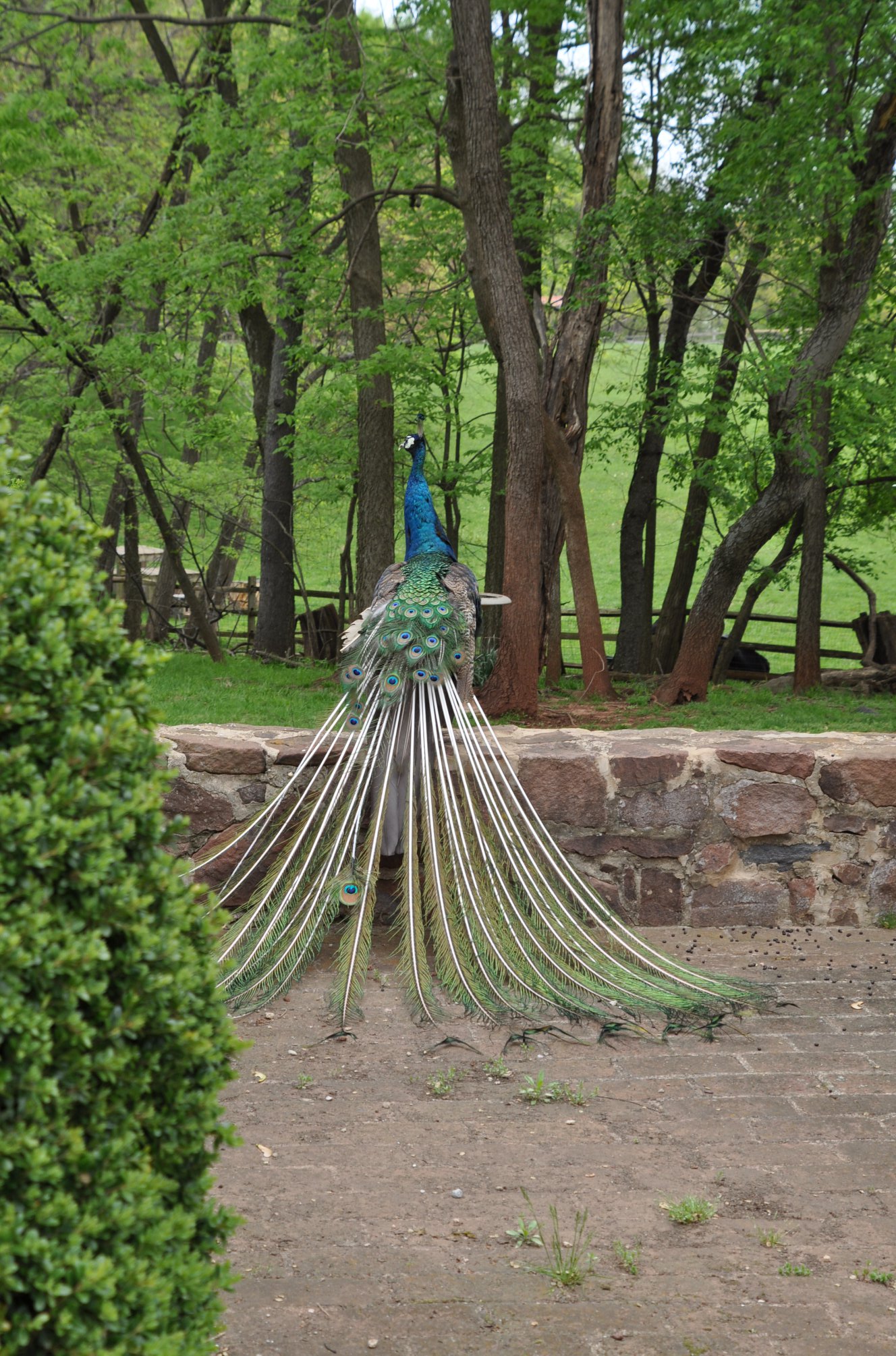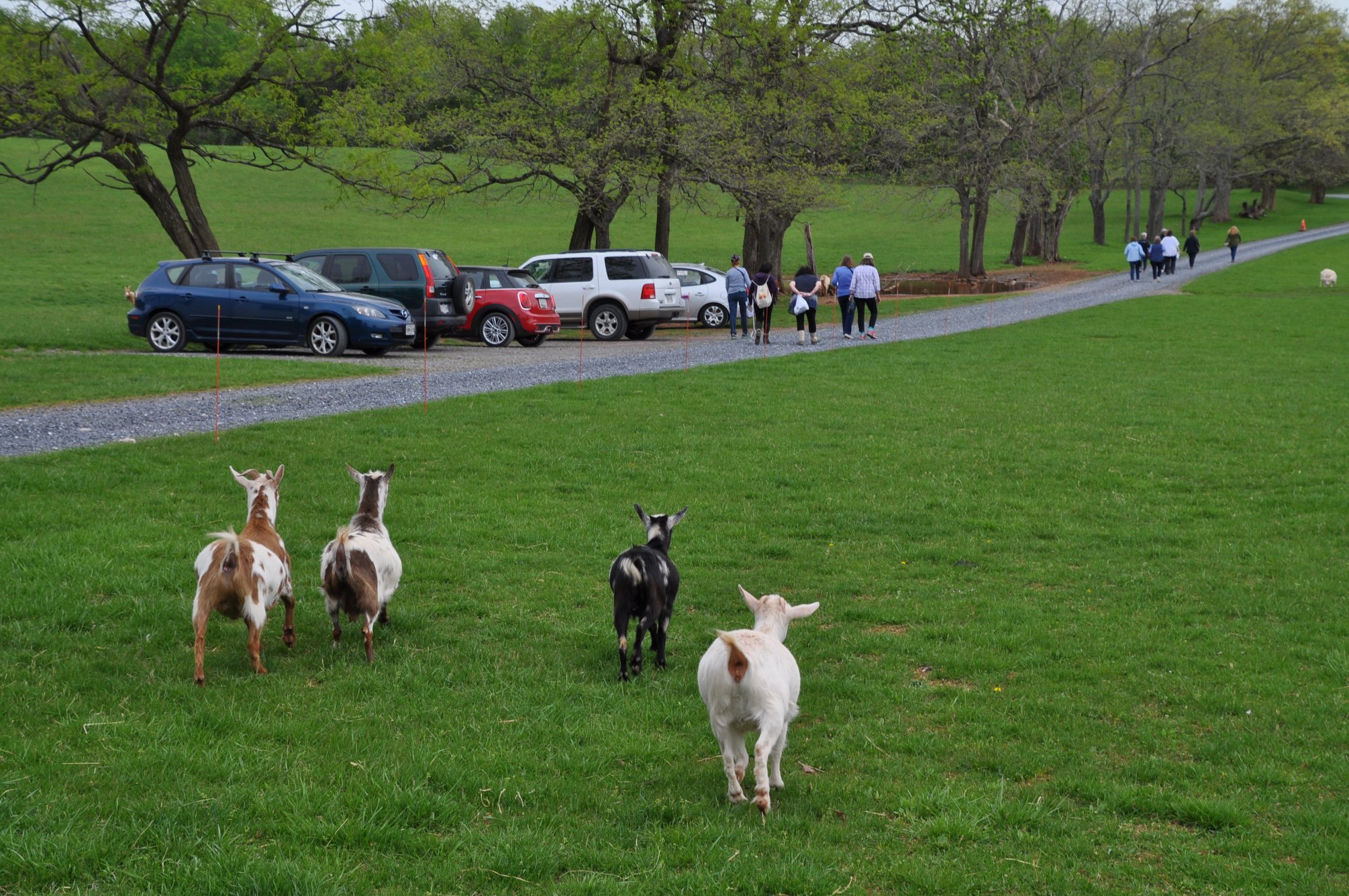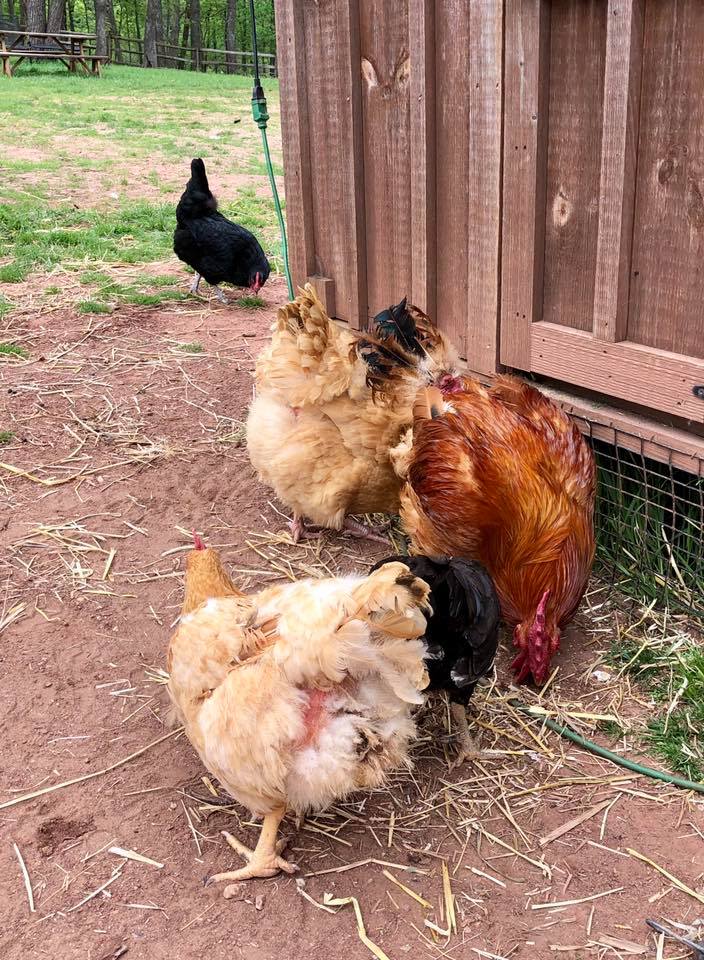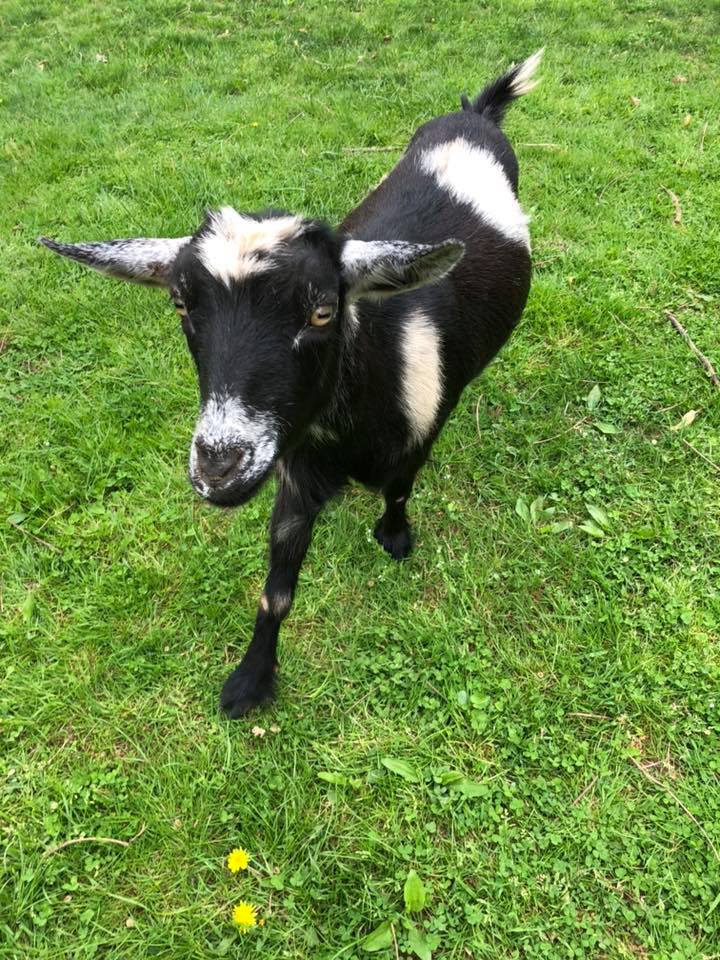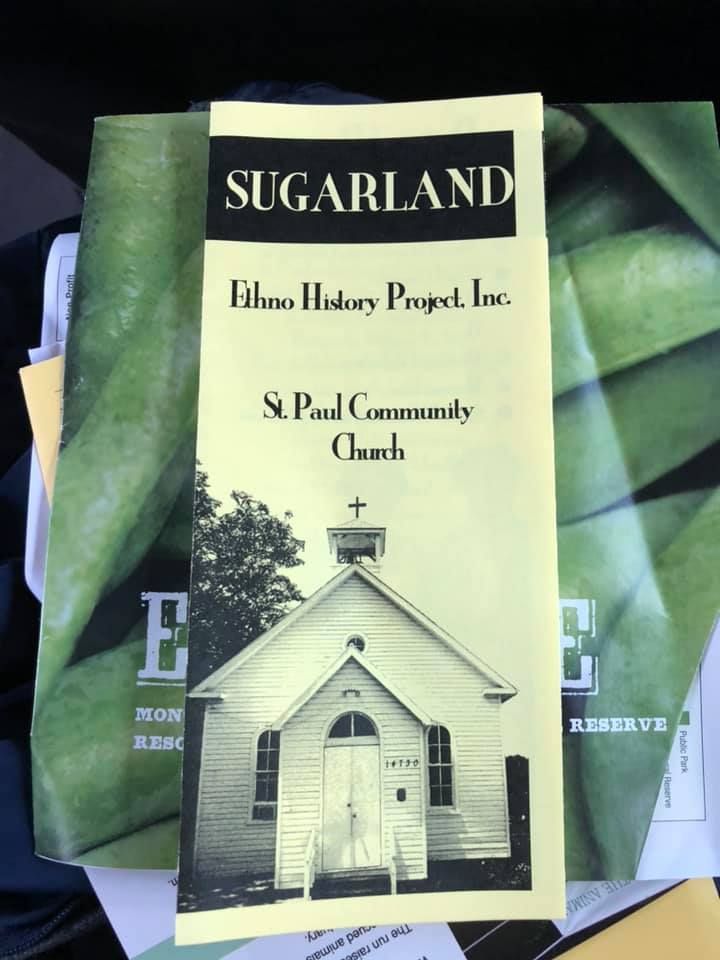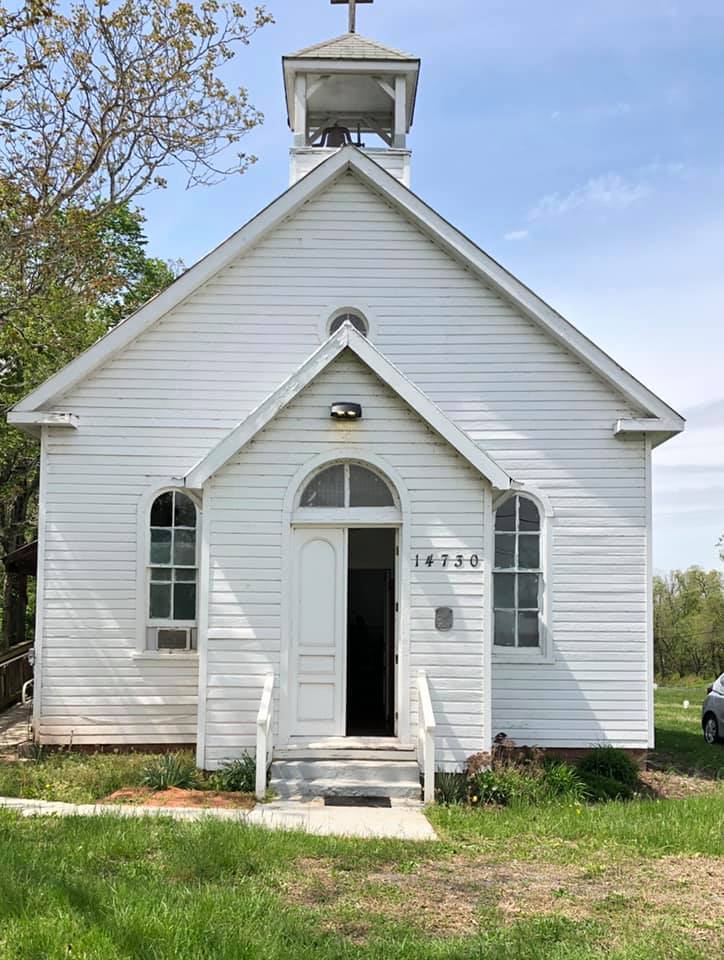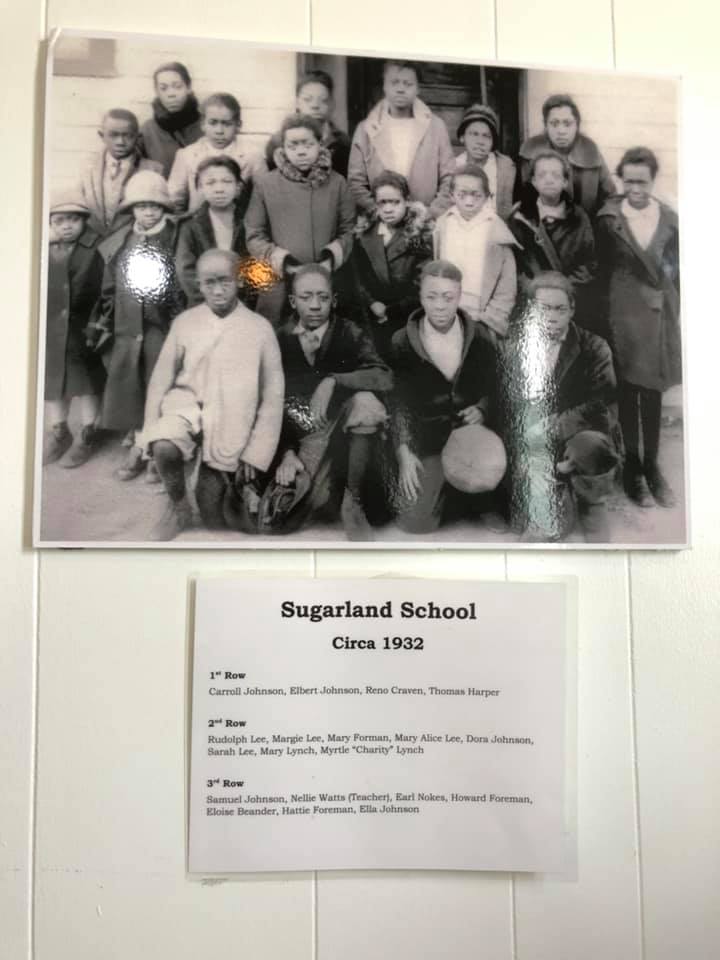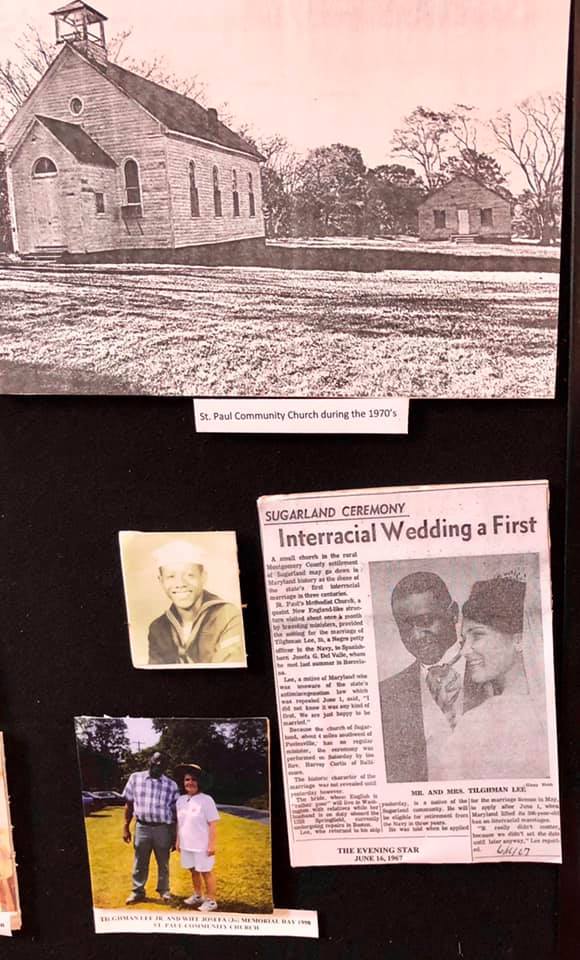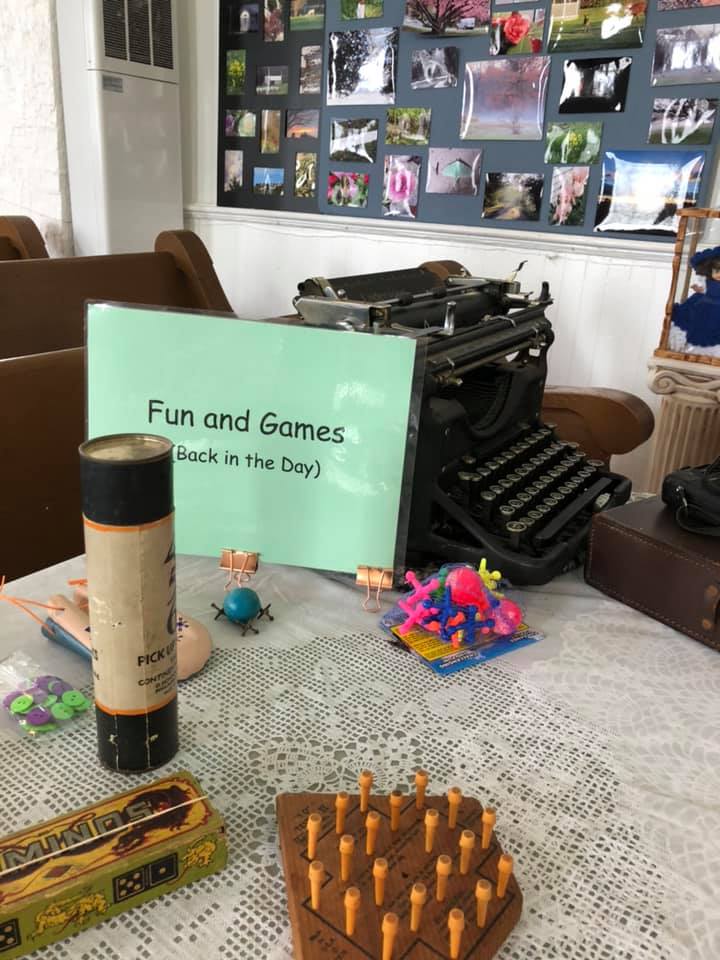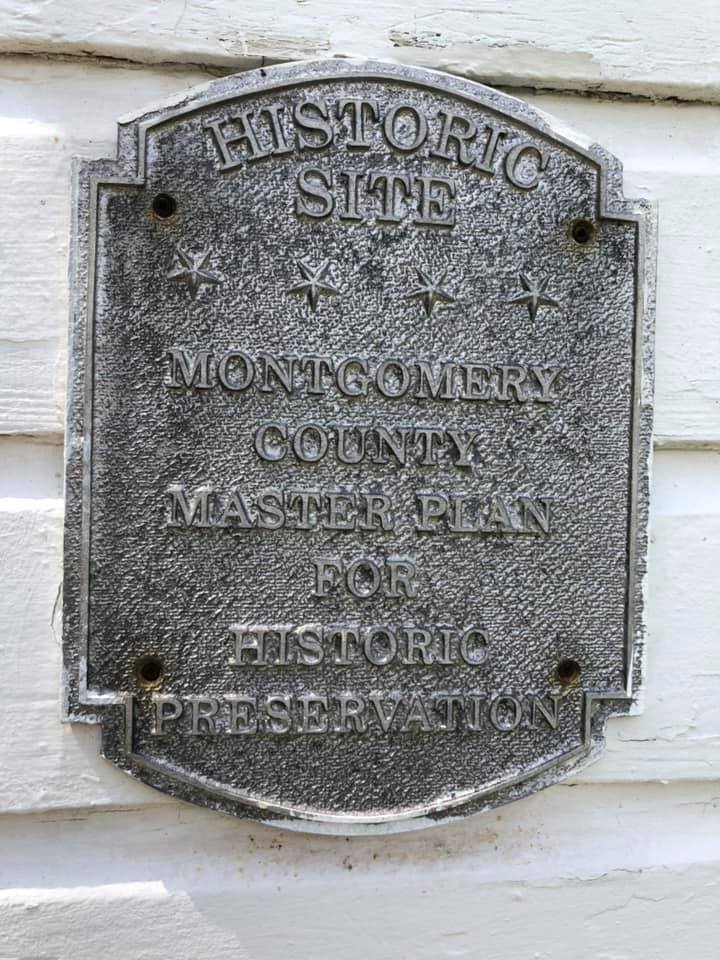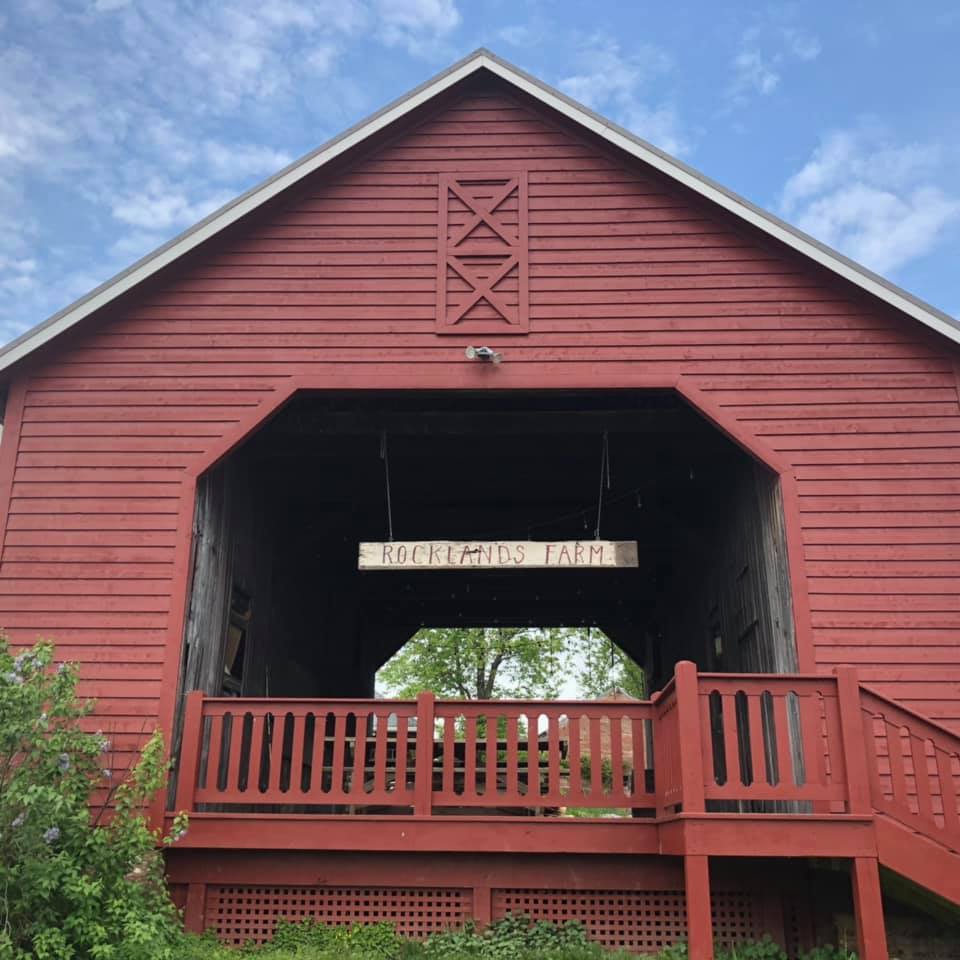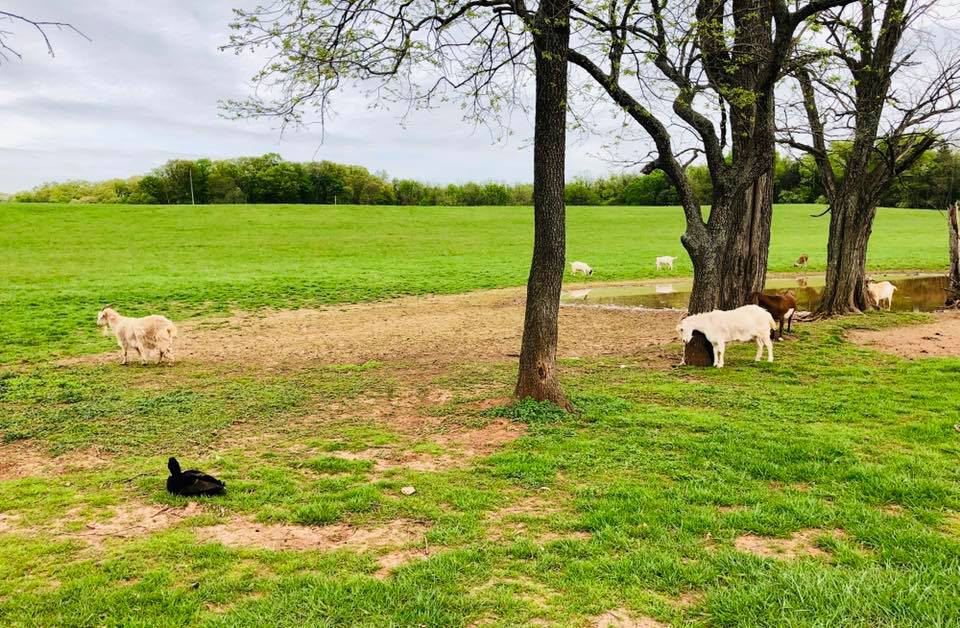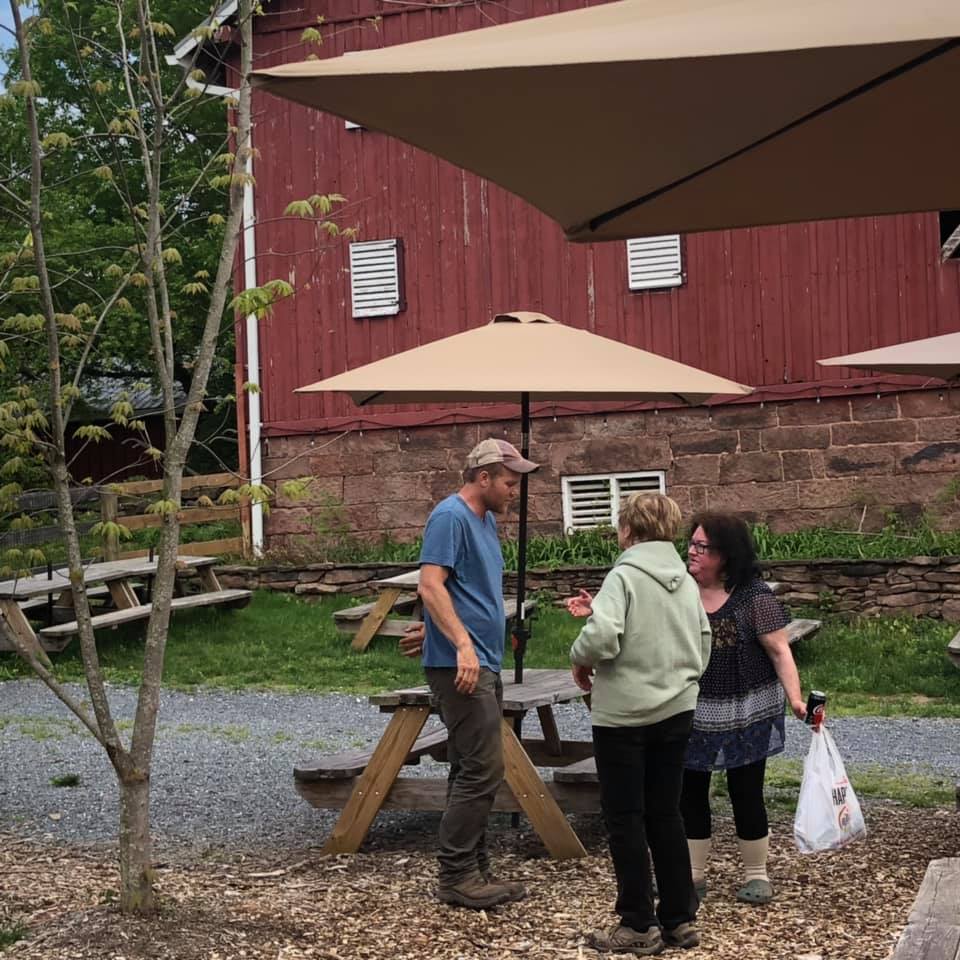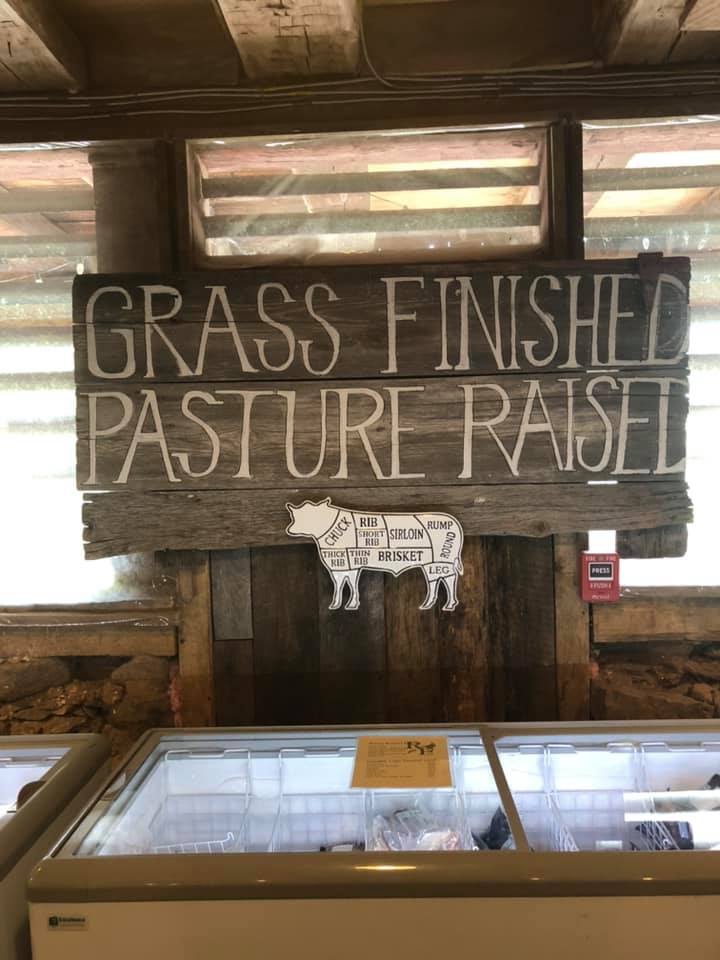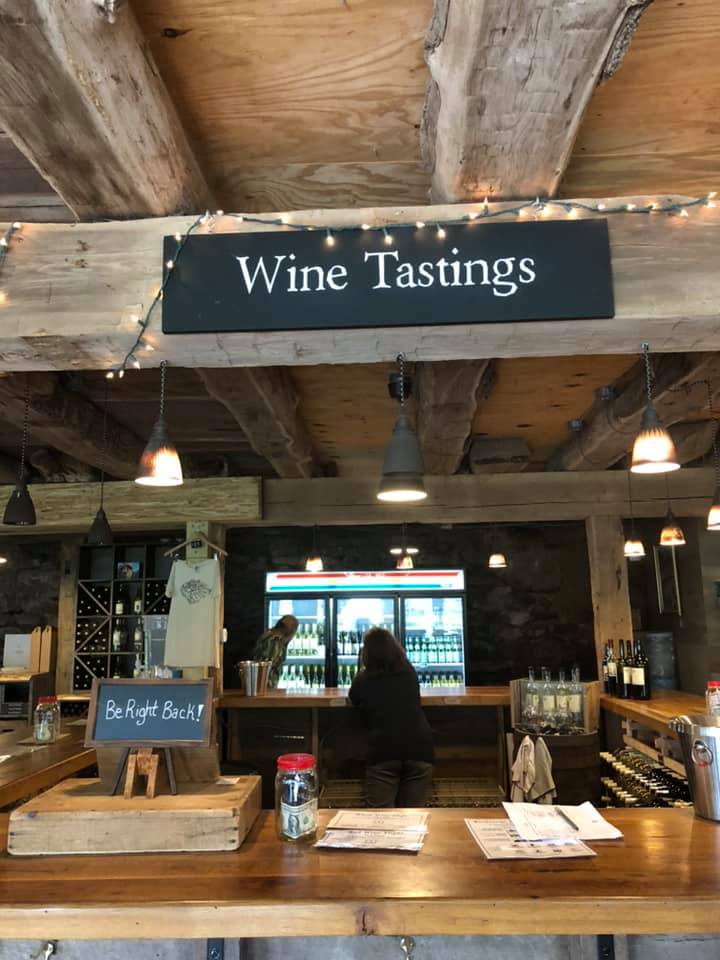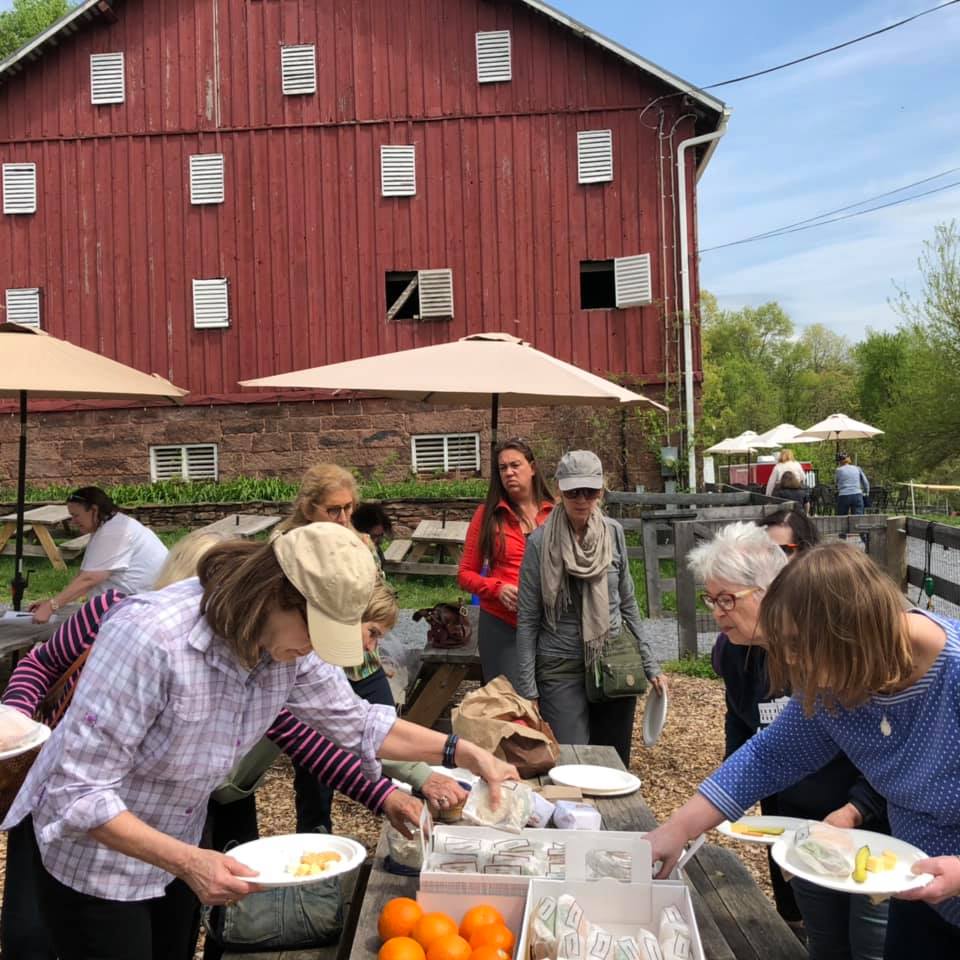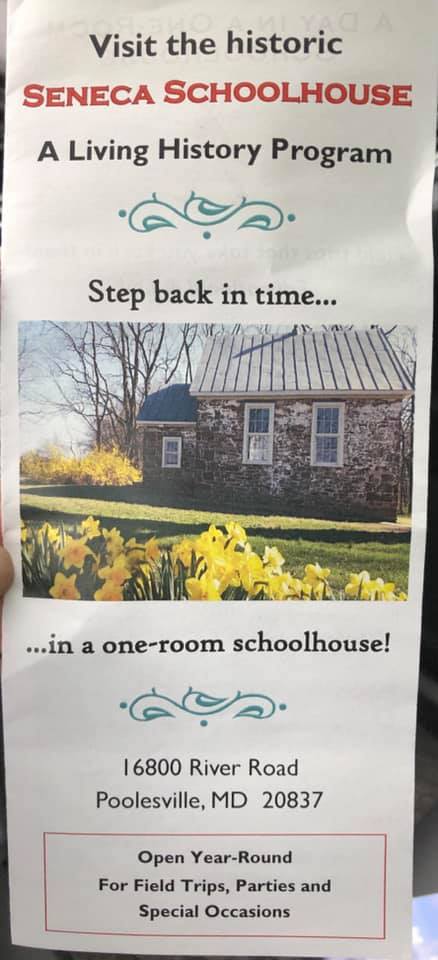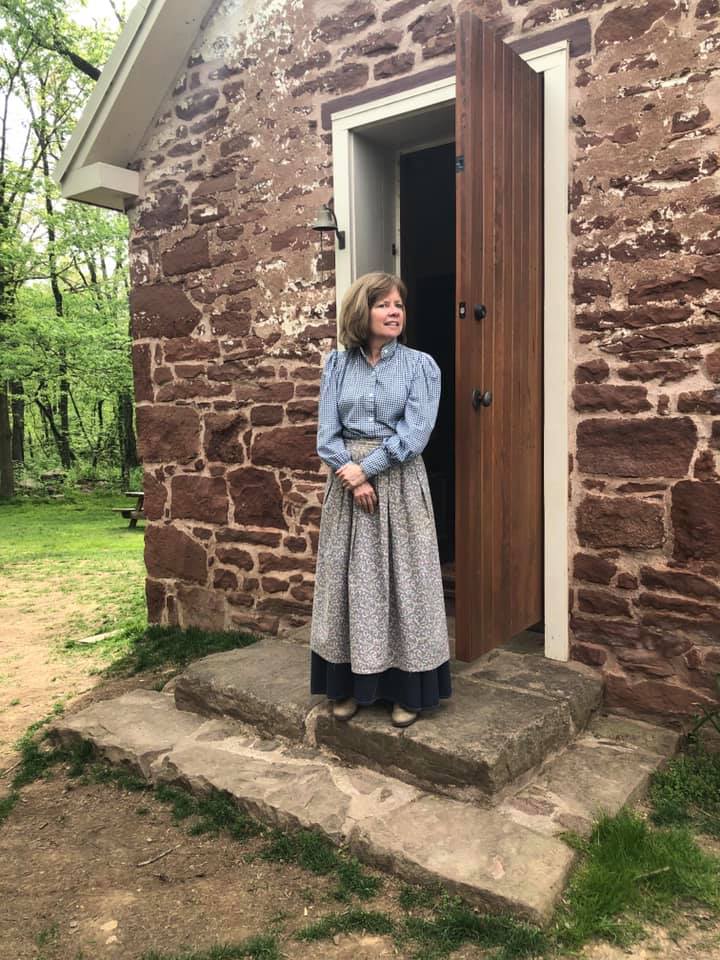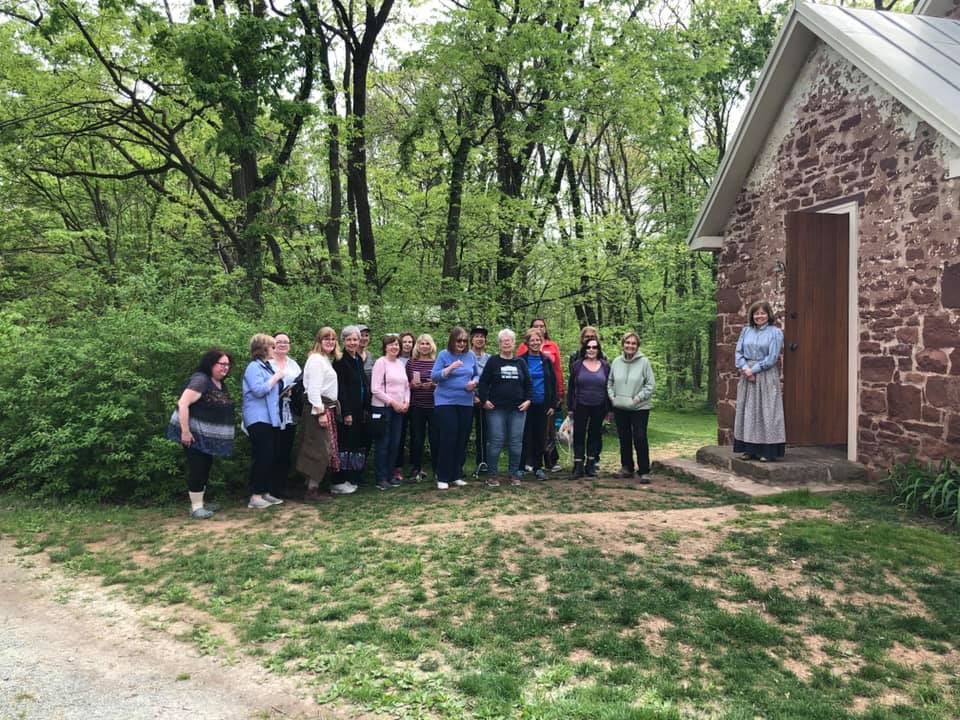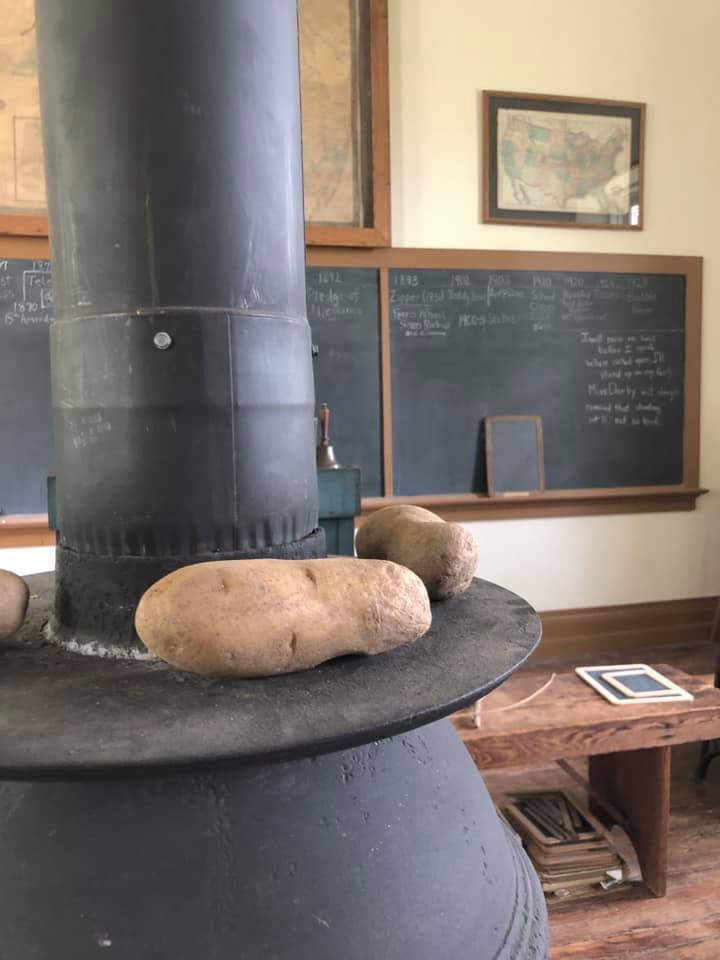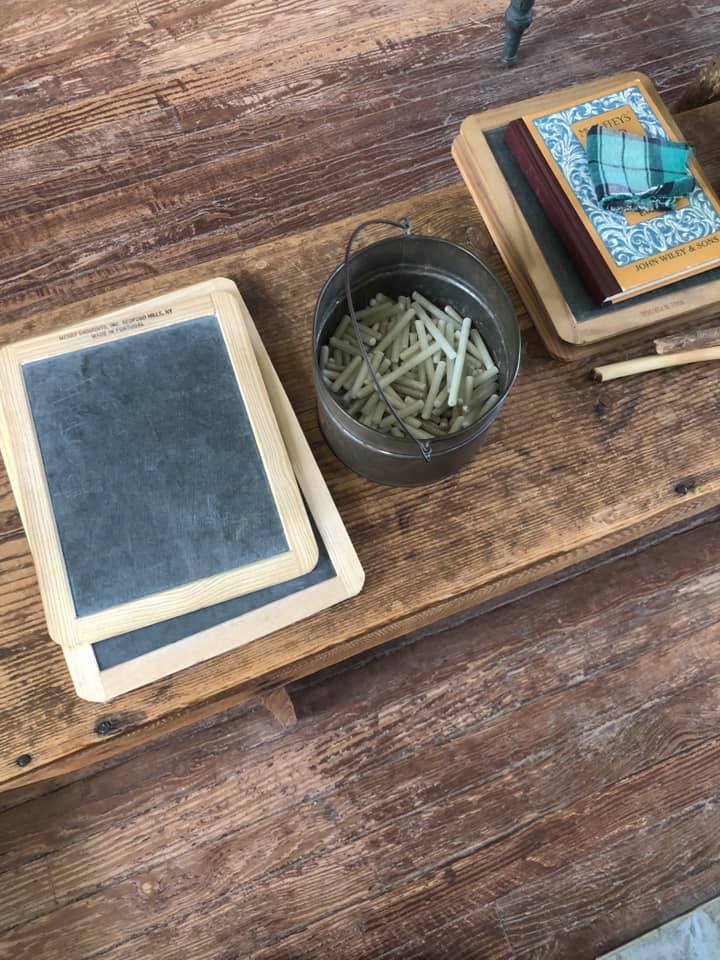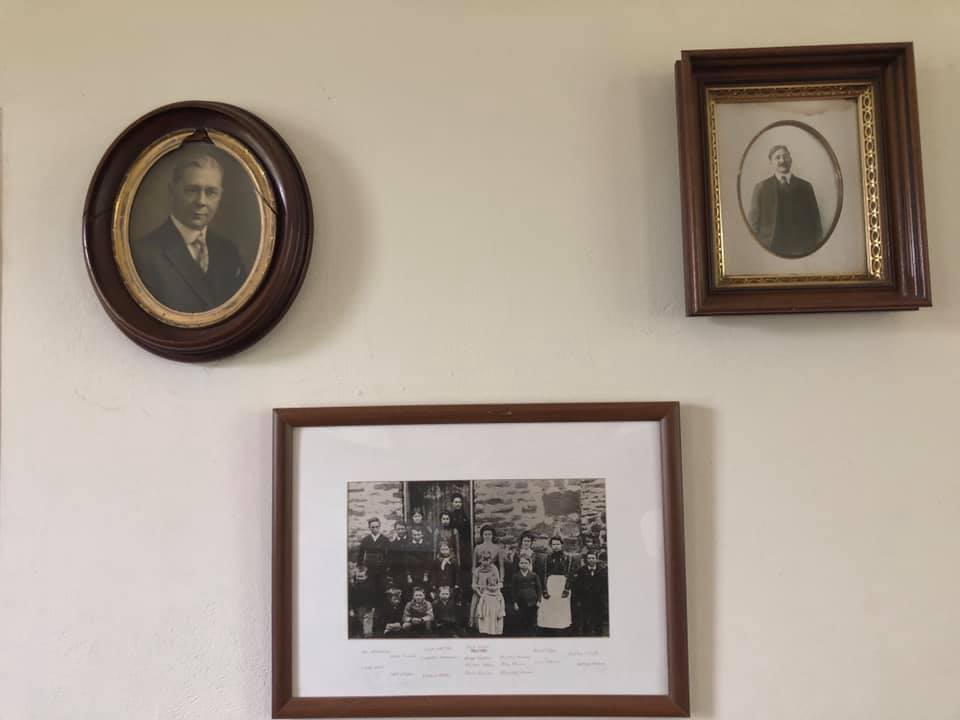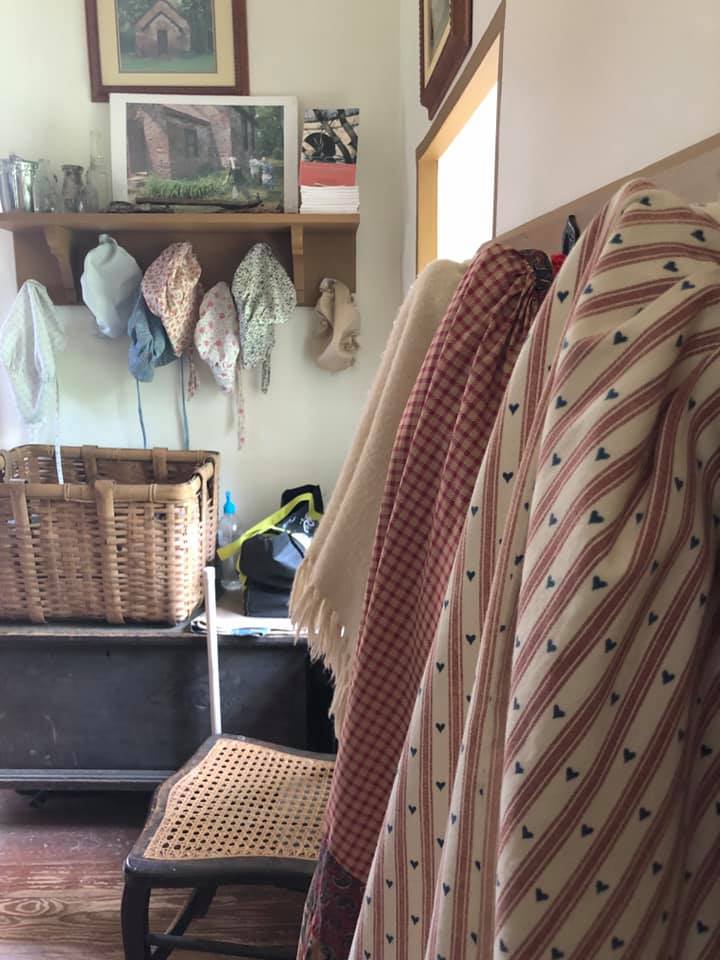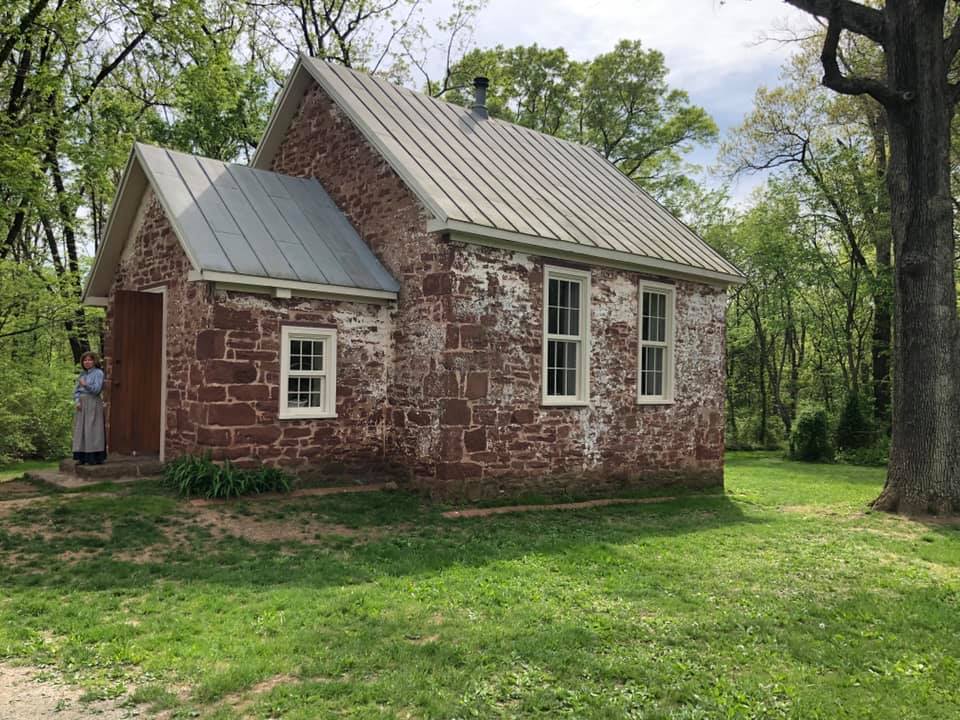Last week WDC members toured the 95,000-acre Agricultural Reserve in upper Montgomery County. Guided by Caroline Taylor, Executive Director of the Montgomery Countryside Alliance, the group explored five stops across the Ag Reserve which is a first-in-the-nation visionary plan that set aside a large swath of the upcounty decades ago.
The goals of this sweeping zoning change were – and remain – several:
Manage and restrict sprawl, with its prohibitively expensive implications for government services: extending sewer and water, road networks, libraries, fire & rescue, schools and other public amenities.
Preserve the economic viability of both commercial and smaller-scale farming and agricultural activity. The Reserve also includes national, state and local parkland.
Retain dwindling open space through a coherent large-scale plan for environmental and recreational purposes in proximity to a major and increasingly urban region. The plan protects our drinking water supply and air quality, and offers access to hiking, biking, birding, hunting, camping and more.
Our Ag Reserve tour began at Kingsbury’s Orchard in Dickerson, run by 5th-generation farmer Gene Kingsbury. He spoke to the group about his 130+ acre farm and the challenges – financial and environmental – of growing apples, asian pears, peaches, apricots and cherries. These include seeking low/no-toxicity pest control, managing soil quality, and facing rapid changes in both customer taste and in the climate.
The second stop was Poplar Spring Animal Sanctuary in Poolesville, a 400-acre historic farm-turned-rescue-facility in 1996. The sanctuary’s vista over the Potomac is a dramatic contrast in zoning models: on one side, the Ag Reserve’s open green space; on the other, the sprawling concrete tangle of high rises and roads in Loudoun County. The sanctuary offers close-up and largely unimpeded contact with scores of rescued animals, from horses, cows and hogs to really friendly goats, sheep, chickens, turkeys and a stately peacock.
Next we went to St. Paul's Community Church where Sugarland Ethno-History Project Inc. Director Gwen Reese recounted the church’s history from its founding by freed black founders, and her own experience living here since her birth in her great grandmother’s home nearby. We heard about a nearby Underground Railroad stop, the difficulty of deeding land to former slaves, and the Church’s role hosting Maryland’s first interracial marriage in 1967, before the Supreme Court declared anti-miscegenation laws unconstitutional later that year.
Our fourth stop was Rocklands Farm and Winery, another historic property and working farm with animal husbandry, vineyards and a winery. The main house and several buildings were built of red Seneca sandstone – the same distinctive stone used for the Smithsonian Castle on the mall and some C&O Canal locks and quarried nearby. Over lunch we heard from owner and farmer Greg Glenn about regenerative agriculture, carbon re-sequestration, run-off and erosion management, and mimicking nature rather than fighting it.
The tour’s final stop was the one-room Seneca Historic Schoolhouse built in the 1880s. A re-enactor sponsored by the Historic Medley District plays the role of the teacher for visitors, mostly school groups. The modest room is outfitted with period furnishings and books, and pot-bellied stove in the center of the room. The presentation includes the story of a former pupil who lived to 100 and wrote up his recollections in a book available for purchase.
The facilities we visited are open to the public – the sanctuary, church and schoolhouse require appointments. These and other Ag Reserve resources are great destinations for kids and adults interested in everything from agriculture to history to the environment; from education to recreation; from pick-your-own local fruit to locally produced wool and prepared foods; from art to farms that employ and support special-needs communities. The Reserve is a living manifestation of the County’s successful and nationally-recognized long-range vision.
WDC plans to repeat the tour – stay tuned for future dates.
* Monica Fossen contributed to this article.


